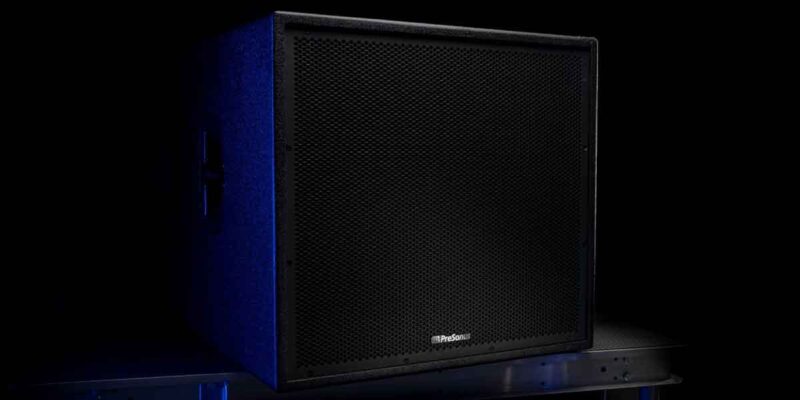PreSonus Adds 70 New Features to Studio One

PreSonus is now shipping Studio One 4.5, a major update to its recording and production software. With 70 new features and improvements, this free update for Studio One 4 users adds several of the most requested features from the Studio One user community and adds advanced tools that streamline professional audio and MIDI production workflows.
The redesigned input channel section adds updated hardware preamp controls for selected PreSonus audio interfaces, as well as software-based input gain and phase controls to every input. This combination of hardware- and software-based gain controls offers more flexibility and control throughout the entire recording and mixing process. All audio and instrument channels, effects channels and buses also feature gain and phase controls so you can manage perfect levels across the entire mix without increasing event gain.

Grouping has been completely redesigned; groups now have attributes for defining edit groups or mix groups using attributes for volume, pan, mute/solo, inserts and sends. Groups can be nested and can be easily edited and activated/suspended with one click. A dedicated command can globally enable/disable all groups at once.
Setting up an external audio interface is a lot easier thanks to several I/O setup improvements. Add any number of new inputs and outputs in just one step, including custom naming and coloring. Inputs and outputs can be reordered with simple drag-and-drop. Users who switch interfaces, move between studios or collaborate will appreciate the new import and export options for I/O setups.
A new Plug-In Manager lists all installed third-party plug-ins, including a list of plug-ins that were blacklisted during the initial scan, allowing them to be reset individually or globally. Showing or hiding individual or groups of plug-ins only takes a few clicks.
Studio One 4.5 takes MIDI editing to a new level with major new features and improvements to speed up workflow. Several powerful new note actions have been added; examples include “fill with notes,” “randomize notes,” “apply scale” and “mirror notes.” Note actions can be used manually and individually and they can be assigned to keyboard shortcuts and used as part of a macro command. Shortcuts or macros can then be added to any macro toolbar, enabling more customization.
Here are the details.





